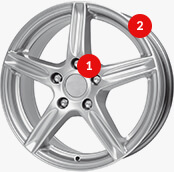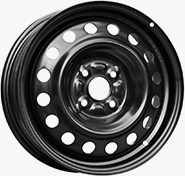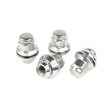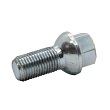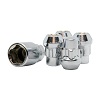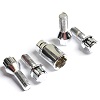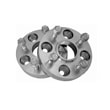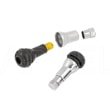Rim curve. How to recognize a fault and how to fix it?
Do you experience disturbing vibrations while driving, especially at higher speeds? If so, you may be dealing with a problem that is often overlooked - crooked rims. In the vast majority of cases, crooked rims are a minor failure, which, however, can significantly reduce the comfort of driving a vehicle, and in extreme situations affect the safety of the driver and his passengers.
What is the curve of the rim characterized by?
Damage to the rim is a problem that can affect every driver, regardless of the make and model of the car. What is worth emphasizing, both steel and aluminum rims are equally exposed to curvature. A bent rim can be caused by many factors, such as hitting a curb, riding over potholes, or even normal wear and tear. A bent rim is characterized by bumps or deformations that can cause a number of driving problems. They can affect the car's balance, cause vibrations and even affect tire wear.
Damage to the rim surface may be visible to the naked eye, but is often subtle and difficult to detect without specialized equipment. In some cases, the rim may look normal but still cause problems. Driving a car due to small deformations of the rim, which are not visible at first glance, can be troublesome. Regardless of whether the rim is steel or aluminum, it can always be deformed. For example , 15" alloy wheels are lighter than their steel counterparts and can provide better performance, but are also more susceptible to damage due to their softness. On the other hand, steel wheels are more resistant to damage, but can be heavier and less efficient in terms of performance.
In any case, it is important to regularly check the condition of the rims and take appropriate action if any problems are detected. Regular inspection and maintenance can help detect problems at an early stage and prevent more serious problems in the future.
Recognizing the symptoms of bent rims
Recognition of curved rims is not always easy, especially for people who have no experience in car mechanics. However, there are some symptoms that make the car behave a little differently and are worth paying attention to:
- vibrations . The first and most obvious symptom is vibration. If you experience vibrations while driving, especially at higher speeds, this could be a sign of a bent rim. Vibrations can be felt in the steering wheel, pedals or seat.
- Uneven tire wear . Another symptom may be uneven tire wear. A bent rim can cause uneven distribution of the car's weight, which leads to faster wear on one side of the tire.
- Driving problem . If you notice your car starting to "pull" to one side, it could be a sign of a bent rim. Bent rims can affect the car's ability to stay on track.
- Noise . Bent rims can cause unusual noise when driving. This can be especially noticeable when driving at higher speeds.
- Visual deformations . In some cases, damage may be visible to the naked eye. If you notice any unnatural bends, cracks or other deformations on the rims, they are probably crooked.
Keep in mind that these symptoms can indicate other problems with your car, so it's always worth consulting a professional mechanic. Correct diagnosis is the key to efficient car repair and effective elimination of a troublesome problem.
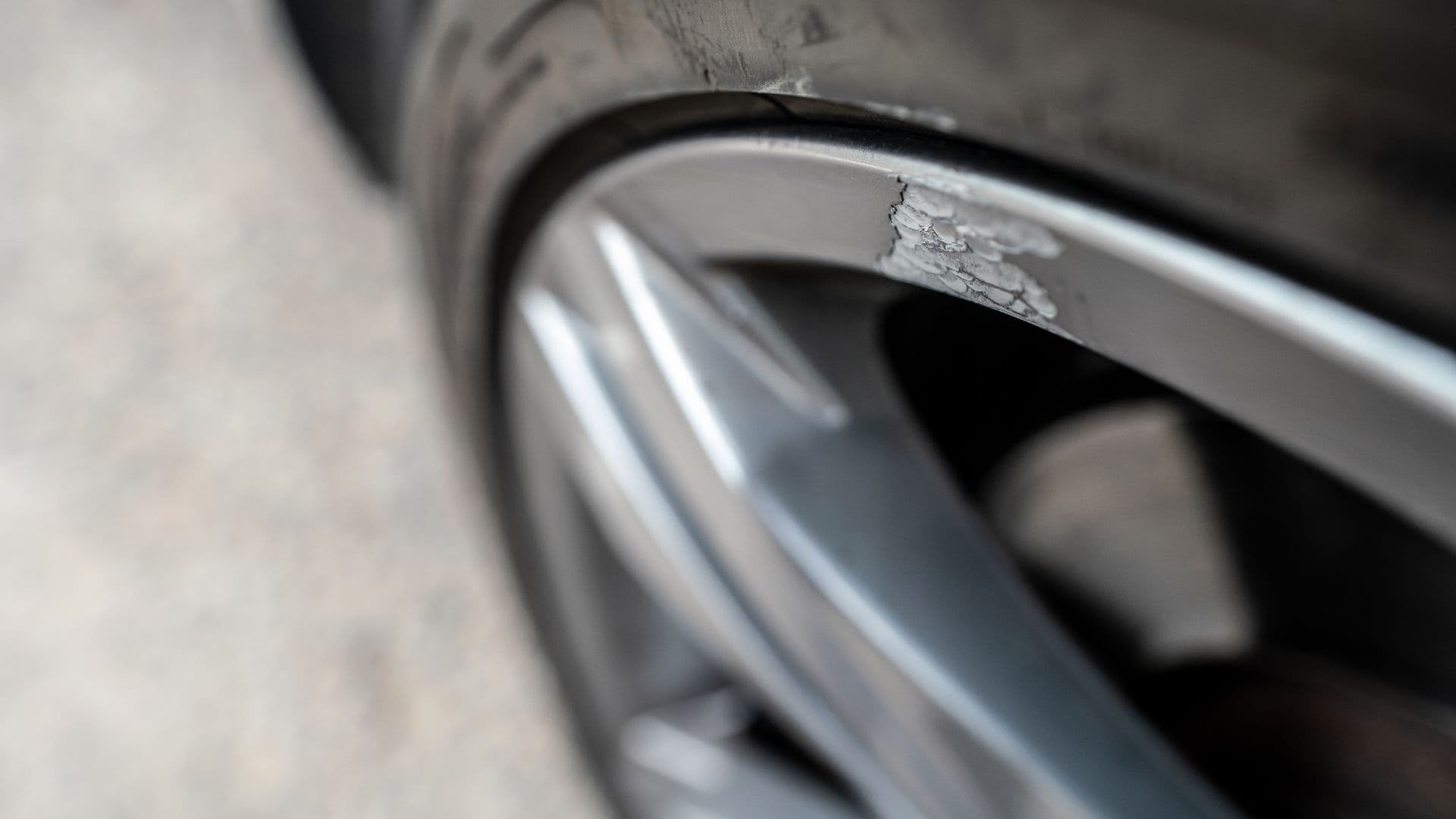
What consequences for the driver can have crooked rims?
Whether aluminum or steel, crooked rims can have a serious impact on driver safety. First, they can affect driving comfort by causing vibration and noise. Second, they can lead to uneven tire wear, which increases the risk of tire failure while driving. What's more, a bent rim can affect the car's performance. It can cause uneven weight distribution, which affects the car's handling and can lead to increased fuel consumption. In addition, bent rims can affect the car's ability to stay on track. This means that the car may start to "pull" to one side, requiring the driver to constantly correct the direction of travel. This is not only tiring, but also increases the risk of losing control of the vehicle, especially in difficult road conditions.
Repair or replacement of rims, replacement of worn tires and even additional fuel costs can all add up, making rim deformation a problem not only for safety but also for the driver's wallet.
Can curved rims be balanced?
Damaged rims can be repaired, but the process requires specialized equipment and knowledge. Rim balancing is a process that evenly distributes the weight of the rim, making the car ride smoother and safer. However, in the event of severe deformation, repair may not be possible and the wheel may need to be replaced. Therefore, it is always worth consulting a professional who can make an accurate diagnosis and recommend appropriate actions. There are different types of rims on the market that can meet the different requirements of drivers. For example, BMW rims are known for their high quality and durability, which can help prevent deformation issues.
To sum up, a bent rim is a problem that can affect the comfort, smoothness and safety of driving a vehicle. That is why it is important to constantly monitor the condition of the rims in the car and take appropriate action if any problems are detected. Remember that regular maintenance and care of your vehicle is the key to safe and enjoyable driving.

